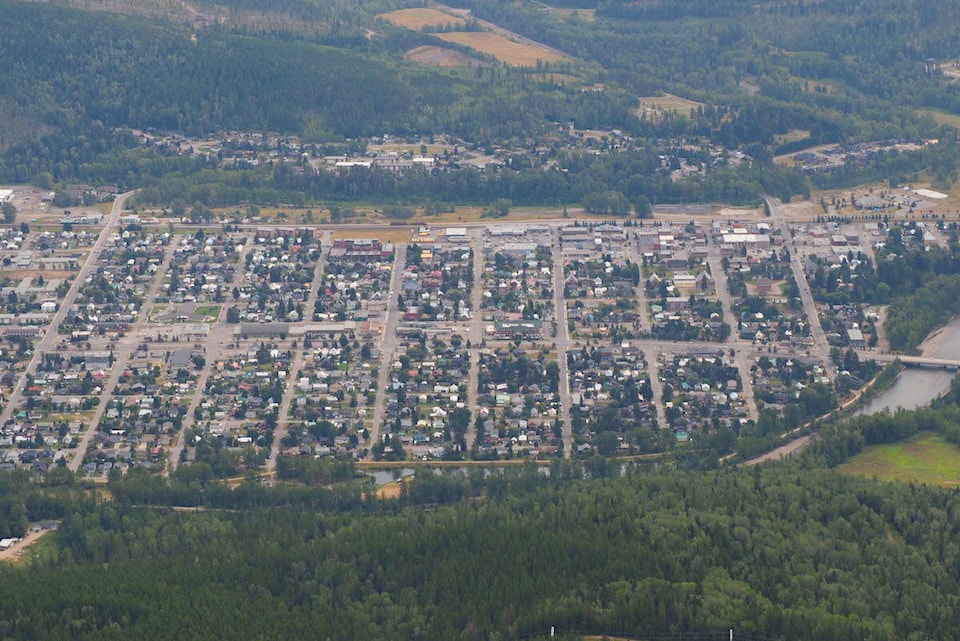Communities in the Elk Valley were below average when it came to emergency benefits at the height of the pandemic.
The Canadian government began paying ‘Canada Emergency Response Benefits’ (CERB) to those who were directly affected by the economic turbulence in 2020, and the 2020 census data came along at the right time to capture information about who got what.
In a recent data release by Statistics Canada, the numbers show how much more service-oriented the economy of Fernie is over it’s northern neighbours with 20.8 percent of the entire community receiving some sort of government assistance. That number doesn’t account for those receiving Employment Insurance. 20.8 percent washes out as 1,320 people (out of 6,320) getting a boost from Ottawa in 2020.
Compare that to Sparwood, where only 600 out of 4148 people received CERB, or 14.5 percent of the total population – or Elkford, with only 325 of 2,749 receiving pandemic payouts – only 11.8 percent of the district’s population.
Executive director of the Fernie Chamber of Commerce, Brad Parsell said the numbers weren’t surprising given the economic mix in the valley, with mining industries relatively unaffected by the early pandemic.
“It doesn’t surprise me that Sparwood and Elkford numbers are so low in terms of receiving CERB … with the mines and the auxiliary services, they didn’t really close,” said Parsell.
“Whereas there’s a significant component of the Fernie economy that is tourism and hospitality based – and those folks did get laid off en masse at the start.”
The entire Elk Valley came in below the national average receiving CERB, which was 22.6 percent in Canada, and 22.1 percent in British Columbia.
On paper, the Elk Valley communities are wealthier than they were five years ago, with the census data revealing that median household incomes have gone up.
Breaking down communities and without adjusting for inflation, in Fernie the median household income was $107,000 in 2020, compared to $90,112 in 2015 – an increase of almost 19 percent, making it the community with the fastest-growing household incomes in the region.
Sparwood’s increase was less dramatic, but the community was still earning more than neighbouring Fernie, with the median household income for 2020 coming in at $112,000, up from $102,592 in 2015 (or an increase of nine percent).
At the top of the valley, and the top of wages, Elkford’s median household income was $117,000 in 2020, a six percent increase over 2015’s $110,123 household median.
Parsell said that there had been forces driving increases in wages over the last few years that could go a way in explaining the increase in household incomes.
“The B.C. government has been hiking the minimum wage pretty significantly since the last census, and that’s obviously going to have an impact,” he said.
“The other thing feeding into it is we’re in a war for talent with labour shortages, so people are increasingly offering more than minimum wage, when that wasn’t necessarily a thing back in 2015.”
Parsell said that with inflation, a rising cost of living and other pressures, it was important that wage growth kept pace to keep Fernie and the valley vibrant.
A common refrain locally is that more people are moving to the Elk Valley for the lifestyle, and bringing their money and remote-working jobs with them.
‘We’ve heard anecdotally that a lot of people who had second homes in Fernie and would come for the weekend have now made it their primary residence … a lot of those people might have higher-income remote jobs, so that could definitely play into that,” said Parsell, who added that mandated wage increases would have had a much larger role to play.
The full spread of 2020 census data can be found on the Stats Can website.
READ MORE: Fernie holds onto its youth in 2021
scott.tibballs@thefreepress.ca
Like us on Facebook and follow us on Twitter
